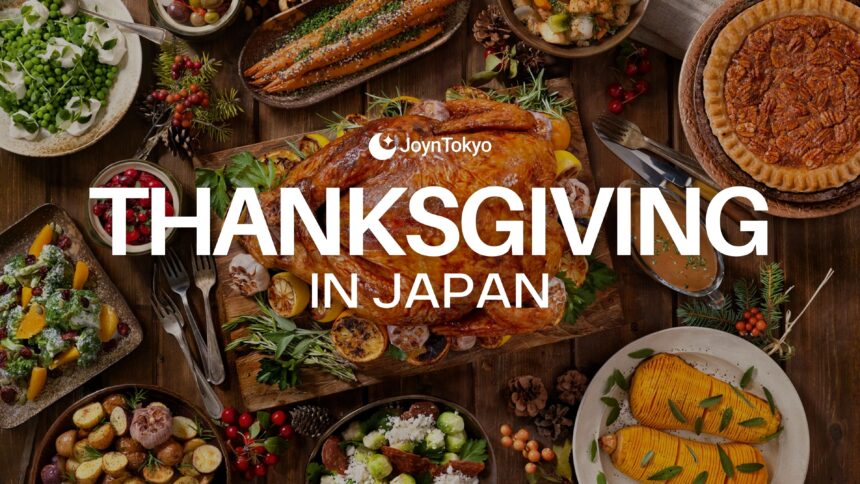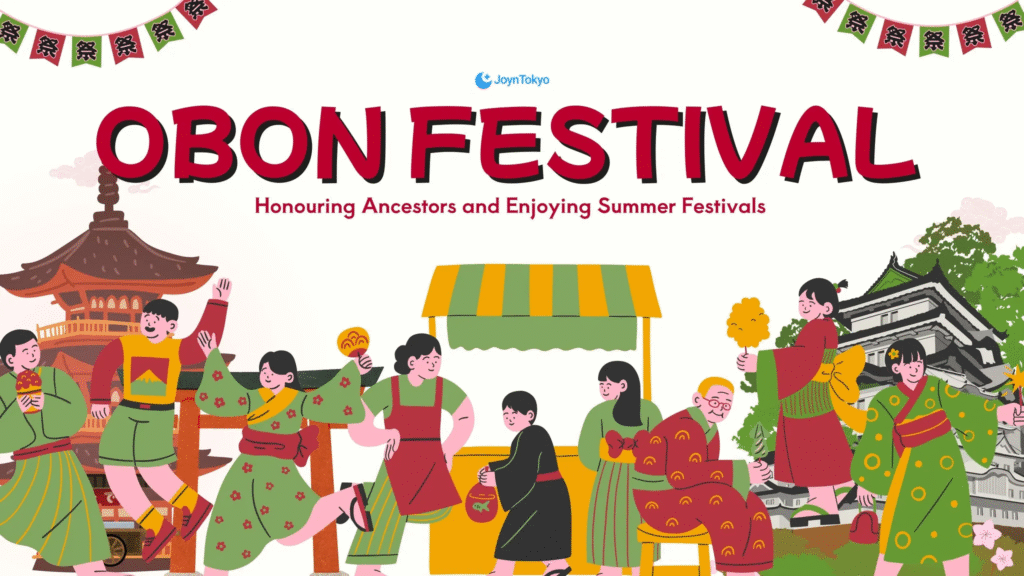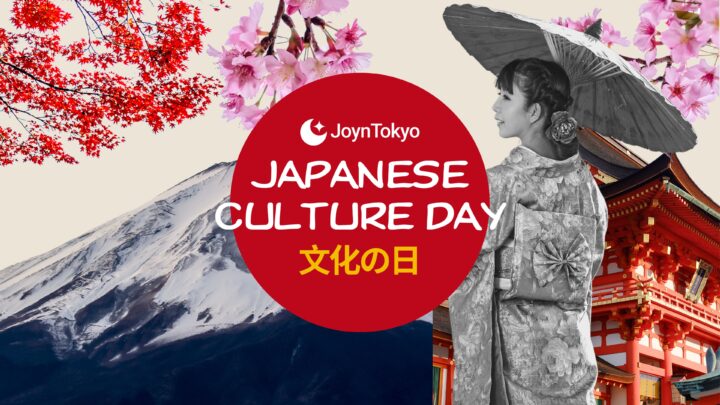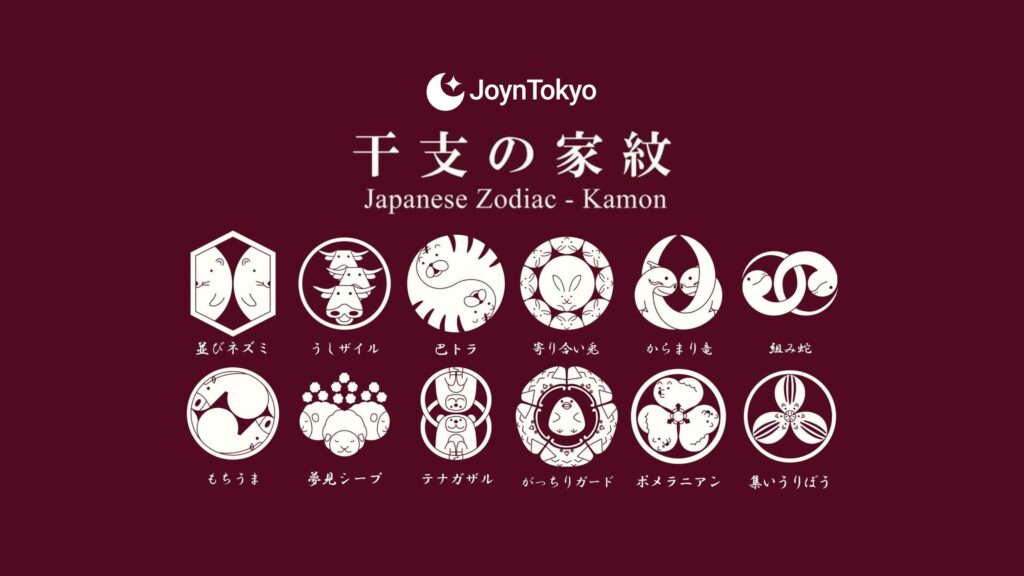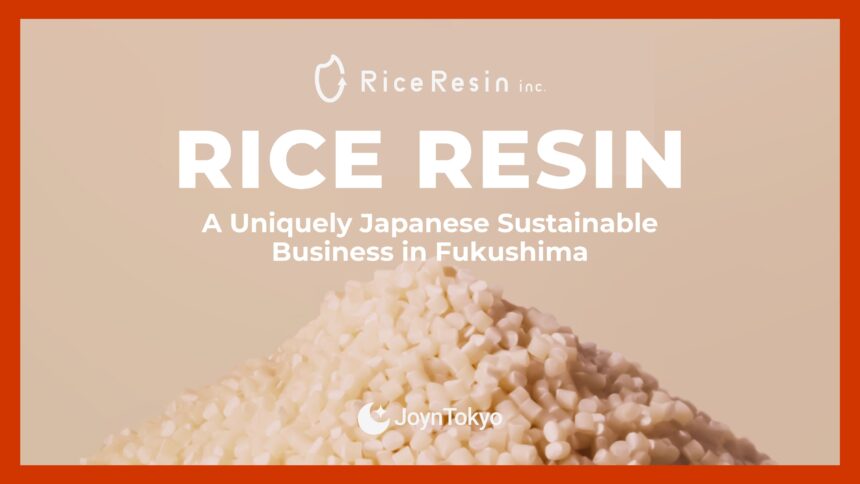Thanksgiving in Japan may not come with turkey dinners or American football games, but there is a holiday that carries a similar message of gratitude and appreciation. Around the same time each year, Japan celebrates Labor Thanksgiving Day (Kinrō Kansha no Hi), which reflects the nation’s deep respect for the hard work, harmony, and social contribution of the working class. This guide explores what this holiday truly means, how it is celebrated across Japan, what foods are enjoyed, and how foreigners can make the most of it while living here.
What Is Labor Thanksgiving Day (Kinrō Kansha no Hi)?
Before looking at how the holiday is celebrated today, it’s important to understand what Labor Thanksgiving Day represents in Japanese culture. This national holiday, observed every year on November 23rd, focuses on expressing appreciation for workers, labor, and community cooperation. While there are no big parades or turkey feasts, it is a meaningful time for reflection, gratitude, and recognizing the value of everyday work.
The Origins of Labor Thanksgiving Day
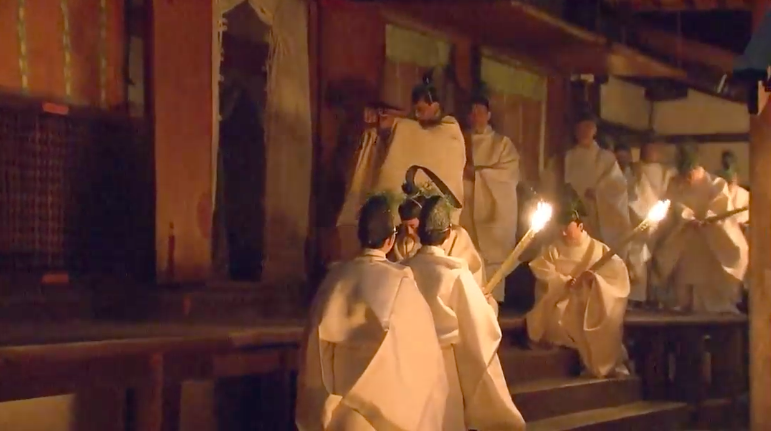
The roots of Labor Thanksgiving Day stretch back centuries to an ancient Shinto ritual called Niiname-sai (新嘗祭), during which the emperor offered the year’s first rice harvest to the gods as a gesture of gratitude.
After World War II, Japan’s new constitution redefined this holiday in 1948, emphasizing democracy, peace, and respect for human rights. It was renamed Kinrō Kansha no Hi, shifting the focus from agricultural rituals to modern labor and social harmony. Today, while Niiname-sai is still privately performed at the Imperial Palace, Labor Thanksgiving Day has evolved into a public expression of appreciation for the contributions of workers in every field.
How Japan Celebrates Thanksgiving Differently
Thanksgiving in Japan differs greatly from its Western counterpart, but the spirit of appreciation is just as strong. Labor Thanksgiving Day encourages people to pause from their busy lives, reflect on their work, and thank the workers who contribute to society. The celebrations may be more understated, but they embody Japan’s core values of respect, balance, and togetherness.
Family and Community Traditions
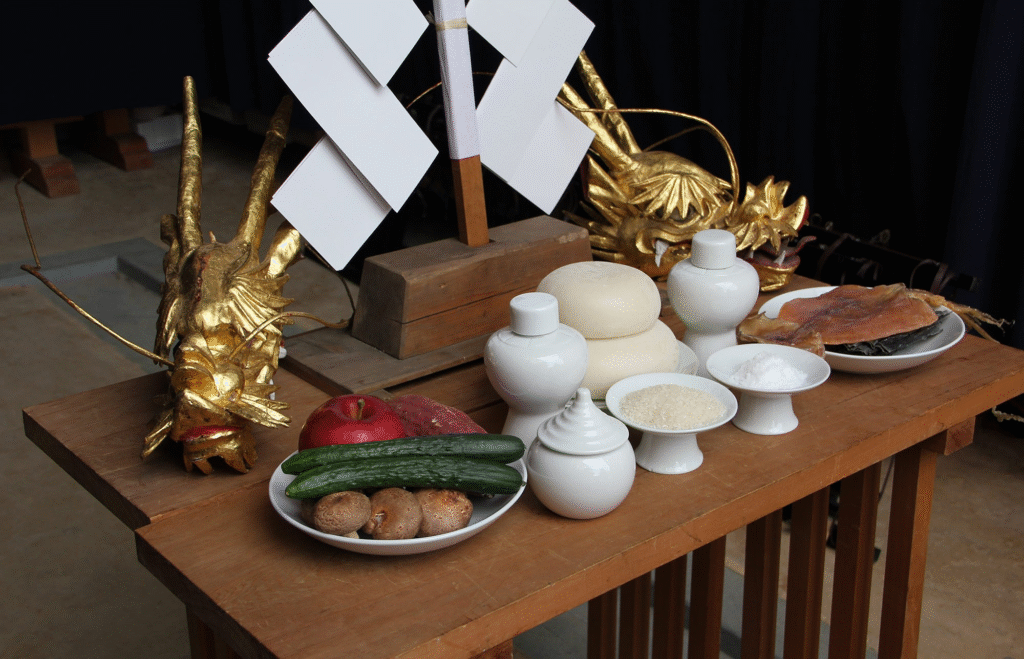
For many Japanese families, this national holiday provides a rare opportunity to rest and reconnect. Parents often spend quality time with their children, go on short trips, or visit parks to enjoy the autumn weather.
Local governments and schools organize events that honor community service workers, and children create handmade thank-you cards for firefighters, police officers, and sanitation staff. Instead of large family feasts, Japanese Thanksgiving emphasizes gratitude through kindness and community involvement, showing that appreciation can be expressed in many forms beyond the dinner table.
Modern Celebrations Among Foreigners in Japan
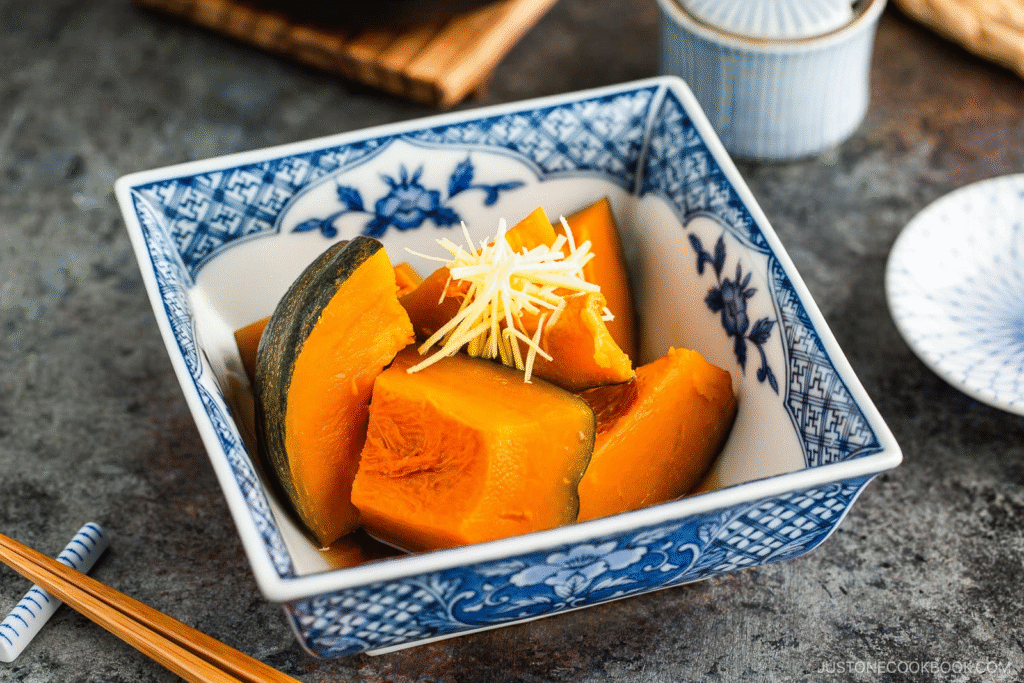
source: Just One Cookbook
Foreigners living in Japan have gradually introduced their own interpretations of Thanksgiving. In major cities like Tokyo, Osaka, and Yokohama, hotels and restaurants host special buffet dinners featuring roast turkey, mashed potatoes, and pumpkin soup.
International supermarkets such as National Azabu and Nissin World Delicatessen offer seasonal imports like cranberry sauce, gravy, and stuffing for those who want to recreate the traditional feast at home.
Many expats also invite Japanese friends to join their celebrations, blending cultures by serving dishes like kabocha (Japanese pumpkin) pie or using chicken as a local alternative to turkey. This cultural exchange creates warm, memorable experiences that combine gratitude, good food, and friendship.
Thanksgiving Food in Japan
Since turkey is not a common ingredient in Japan, people adapt by preparing dishes that reflect the cozy, seasonal spirit of Thanksgiving using locally available ingredients. Japanese and Western influences come together in creative ways, turning the meal into a hybrid of comfort and tradition. From roast chicken to kabocha dishes, each plate represents a thoughtful blend of appreciation and seasonal flavor.
Roast Chicken or Grilled Fish
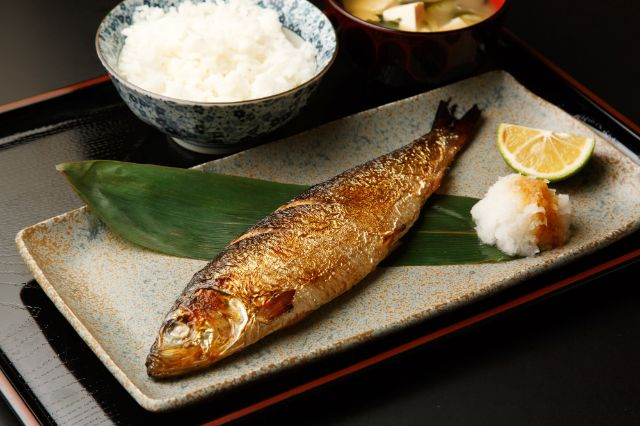
Because whole turkeys are difficult to find in Japan, many people choose roast chicken or grilled fish as the main dish. These options are widely available in supermarkets and convenience stores, especially around the holiday season. The simplicity of these dishes makes them easy to prepare while still feeling festive and special.
Kabocha Pumpkin Dishes
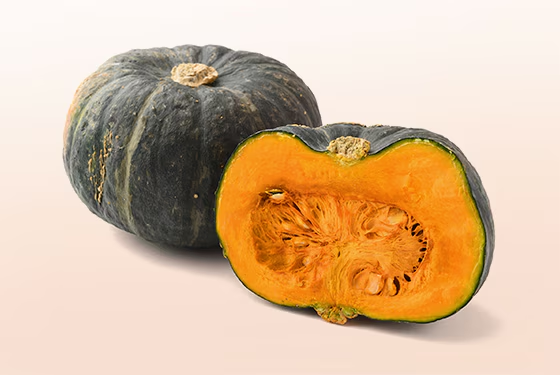
The Japanese pumpkin, called kabocha, is sweeter and denser than Western varieties, making it a popular ingredient in soups, stews, and even desserts. Many people enjoy kabocha croquettes or creamy pumpkin soup as part of their Thanksgiving-inspired meals. Its natural sweetness and smooth texture bring warmth and a touch of autumn to the table.
Rice Dishes
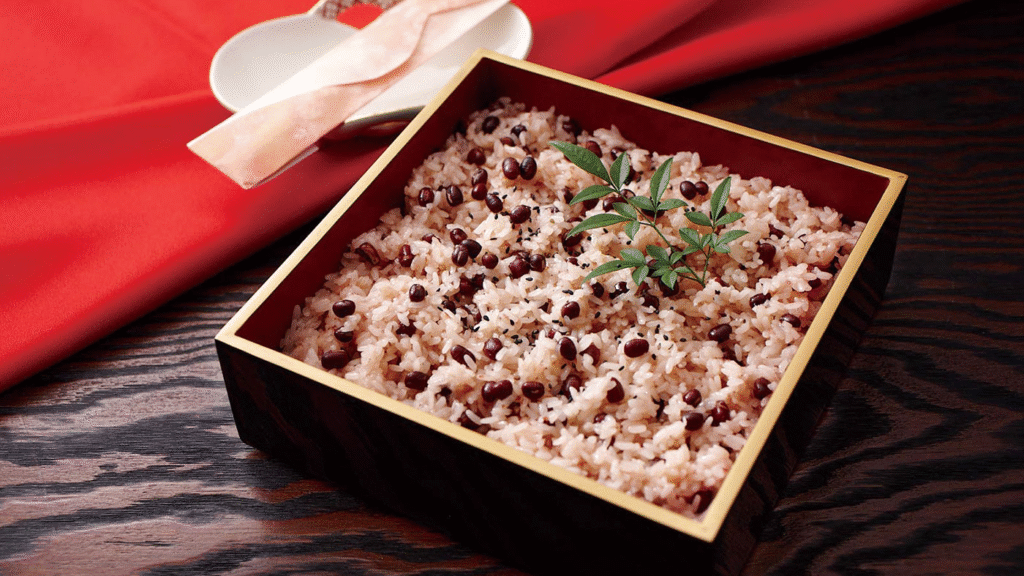
In Japan, rice plays a central role in almost every meal, and Thanksgiving is no exception. Instead of stuffing, families might serve sekihan (red rice), a festive dish made with glutinous rice and adzuki beans symbolizing good luck. Some households prepare mixed rice with mushrooms, chestnuts, or vegetables, celebrating the season’s harvest in a distinctly Japanese way.
Seasonal Vegetables
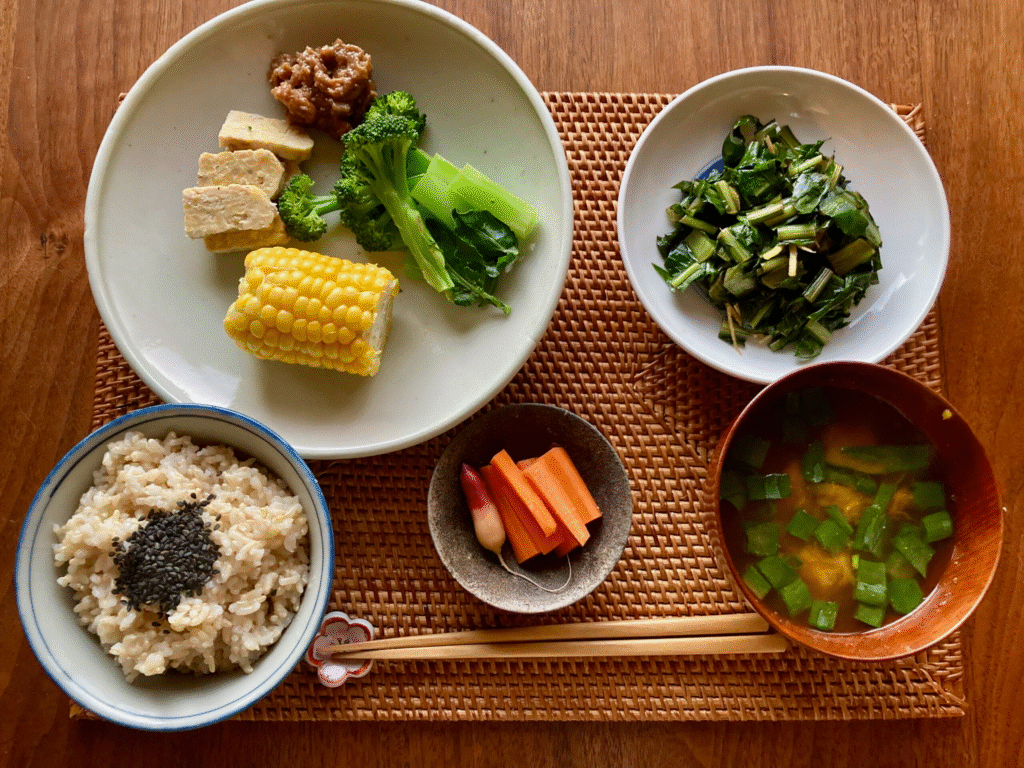
Autumn in Japan offers an abundance of vegetables such as sweet potatoes, burdock, mushrooms, and persimmons. These ingredients are often used in hearty stews, salads, or tempura, adding both nutrition and color to the meal. The emphasis on fresh, seasonal produce mirrors the original Thanksgiving spirit of celebrating the harvest.
Other Japanese Holidays That Reflect Gratitude
Thanksgiving isn’t the only time Japan celebrates gratitude. Throughout the year, several holidays express appreciation for family, nature, and community, showing how deeply thankfulness is embedded in Japanese culture.
Obon (August):
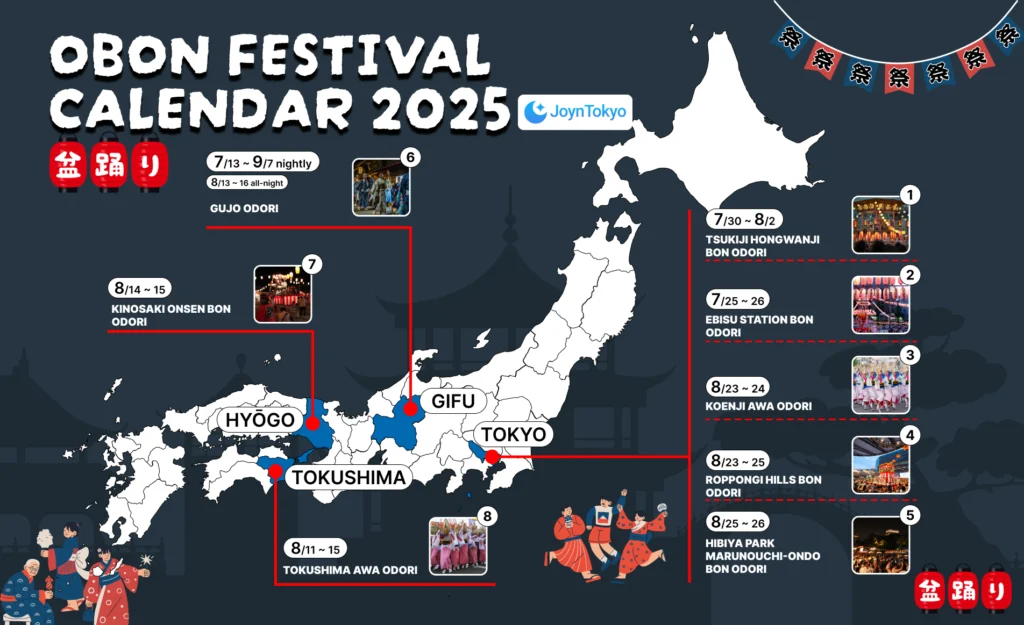
A Buddhist festival honoring ancestors, when families return home, visit graves, and hold memorial services. Lanterns and Bon Odori dances create a warm atmosphere connecting the living and the departed.
Read More
Spring Equinox (Shunbun no Hi):
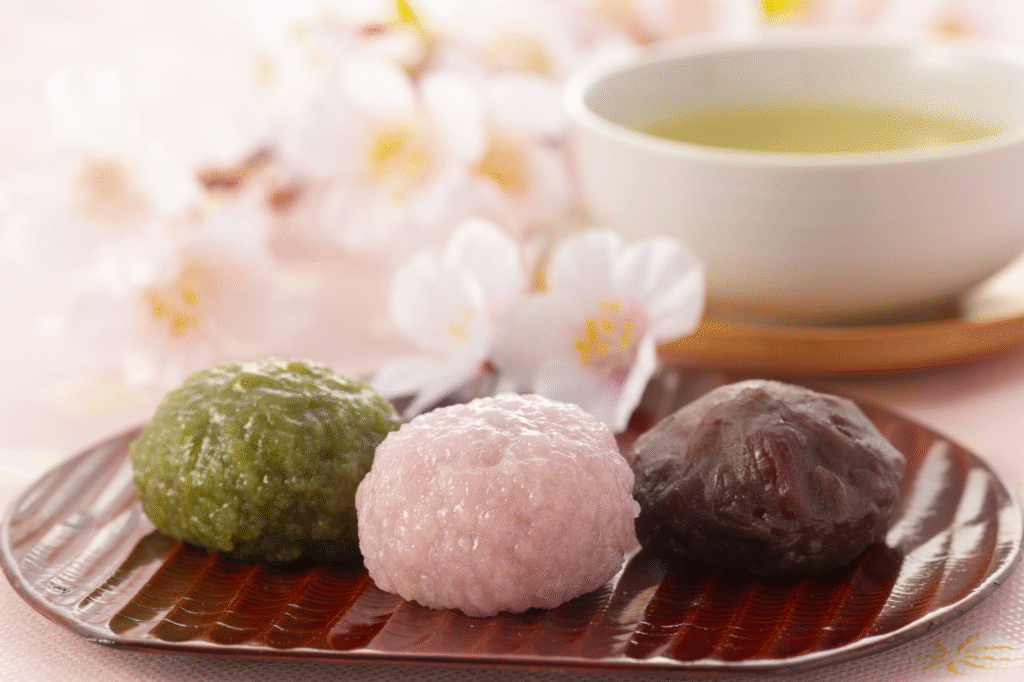
A national holiday celebrating the balance between light and dark, nature and humanity. Many people visit graves and spend time outdoors appreciating the harmony of the seasons.
Oseibo (December):
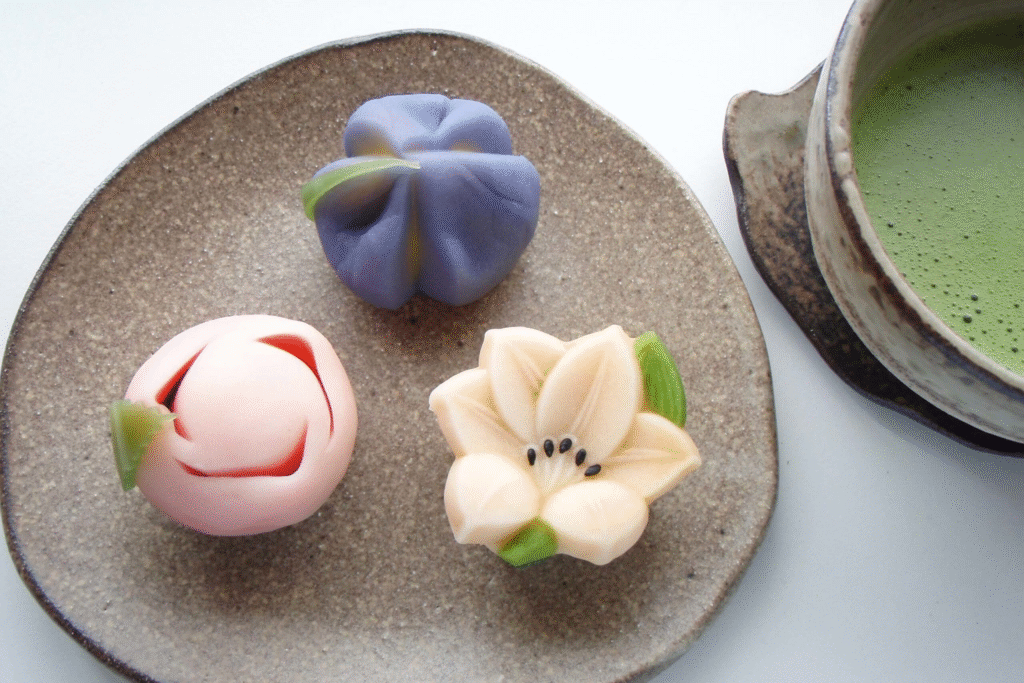
A year-end custom of giving gifts to express thanks to those who offered support throughout the year. These exchanges strengthen bonds between family, friends, and colleagues.
How Foreigners Can Experience Thanksgiving in Japan
For foreigners living in Japan, celebrating Thanksgiving offers a chance to share culture while embracing Japanese customs of gratitude. You can host a home-cooked dinner, attend a community event, or join a Thanksgiving buffet at a hotel.
Many expats also exchange thank-you cards or small gifts with coworkers to express appreciation in a local way. Whether you’re cooking, socializing, or reflecting quietly, In this way, Thanksgiving in Japan becomes a personal and meaningful way to celebrate gratitude far from home.
A Day to Appreciate Work, Life, and Community
Thanksgiving in Japan may not come with parades, American football games, or fighting with your Trump-voting uncle, but it embodies the same universal message: gratitude for life and the efforts of others. Labor Thanksgiving Day (Kinrō Kansha no Hi) reminds everyone to pause and recognize the unseen work that keeps society running smoothly.
For foreigners, it’s an opportunity to connect cultures, share traditions, and find joy in the shared value of thankfulness. No matter how you celebrate—through food, friendship, or quiet reflection—Thanksgiving in Japan can bring warmth and connection to your everyday life.

I’m from the UK and live in Japan, so I celebrate Thanksgiving a bit differently, I usually bring a bottle of wine to share with everyone.

